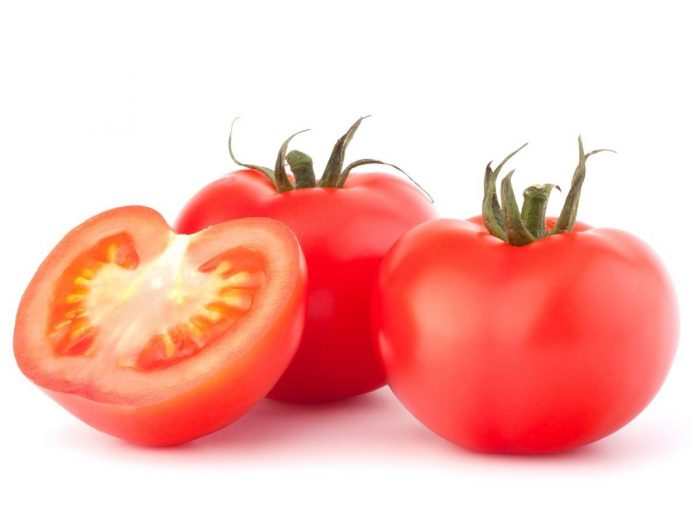Diwali
,the beautiful festival of lights, happiness and celebration is just around the corner. Enjoying the festivities with your family and friends is something everyone enjoys.
However, ensuring a safe celebration is a must. Read through for tips to celebrate this Diwali safely.
1. Clothes
Bursting firecrackers is something everyone including children and adults enjoy. To avoid any accident with fire it is recommended that you wear cotton clothes and stay away from synthetic material.
2. Quality of crackers
You must purchase firecrackers from legal manufacturers and ensure that you go through the instructions before actually bursting them. Good quality firecrackers reduce the risk of a dangerous mishap.
3. Instructing children
Before taking your children out in the open to burst crackers, it is highly important for you to instruct them about the usage of firecrackers and educate them about the appropriate ways to do so. Supervising them while they are having a fun time with crackers is of utmost importance.
4. Fire extinguisher
Having a fire extinguisher in close proximity to the area where you are bursting firecrackers is very essential. Even a bucket of water or sand would be useful to tackle an unexpected fire.
5. Closed areas
It is critical to note that you must never burst firecrackers in a closed area. Doing so can lead to a massive hazard in case of fire breaking.
6. First Aid Kit
A first aid kit should be a handy while you or your kids are enjoying the fireworks. In case there is a minor injury, it can be treated immediately at home.
7. Discarding used fireworks
Dispose of the used firecrackers immediately and carefully. You can either put it in a bucket full of water or put sand on them in order to put out its heat.
8. Candles and Diyas
Diwali is all about beautiful candles and diyas spreading their light and happiness. However, keeping lit candles and diyas at home can cost you dearly at times. You must make sure that there aren’t any curtains or inflammable materials close to them.
9. Pet Safety
Pets are a part of the family for animal lovers. But Diwali can be an agonizing time for the animals due to the extreme noise all around. Try to sensitize your pet to the noises by playing similar sounds beforehand. Also, try not to leave your pet alone and do keep they away from firecrackers.
10. Sensitivity
It is important to celebrate festivals with utmost sensitivity and care. Using firecrackers that do not create a lot of noise can be the first step towards being sensitive to your fellow neighbors and friends. Too much noise pollution can be harmful for everyone, especially senior citizens.
Spread happiness this Diwali and celebrate this beautiful festival joyously with your loved ones and keep them and yourself safe.
 Abundant Source of Antioxidants: Tomato contains a large amount of lycopene, an antioxidant that is highly effective in scavenging cancer causing free radicals. This benefit can even be obtained from heat-processed tomato products like ketchup. The lycopene in tomatoes defends against cancer and has been shown to be particularly effective in fighting
Abundant Source of Antioxidants: Tomato contains a large amount of lycopene, an antioxidant that is highly effective in scavenging cancer causing free radicals. This benefit can even be obtained from heat-processed tomato products like ketchup. The lycopene in tomatoes defends against cancer and has been shown to be particularly effective in fighting 
